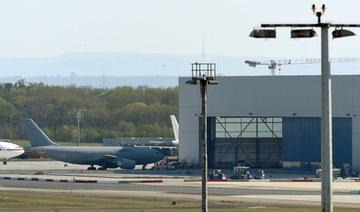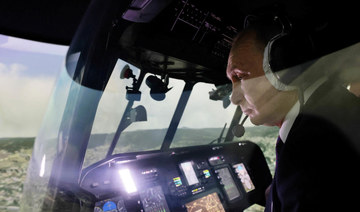FRANKFURT: Two people have died after a shooting in Hamburg, police said on Sunday, in a second deadly shooting in the city this month.
Police said they had concluded an operation and were now investigating. A spokesperson declined to comment on the perpetrator.
Bild reported that the police were called shortly before midnight and that 28 vehicles rushed to the scene.
Two dead after shooting in Hamburg; investigation ongoing
Short Url
https://arab.news/27a6u
Two dead after shooting in Hamburg; investigation ongoing

- Spokesperson declined to comment on the perpetrator













